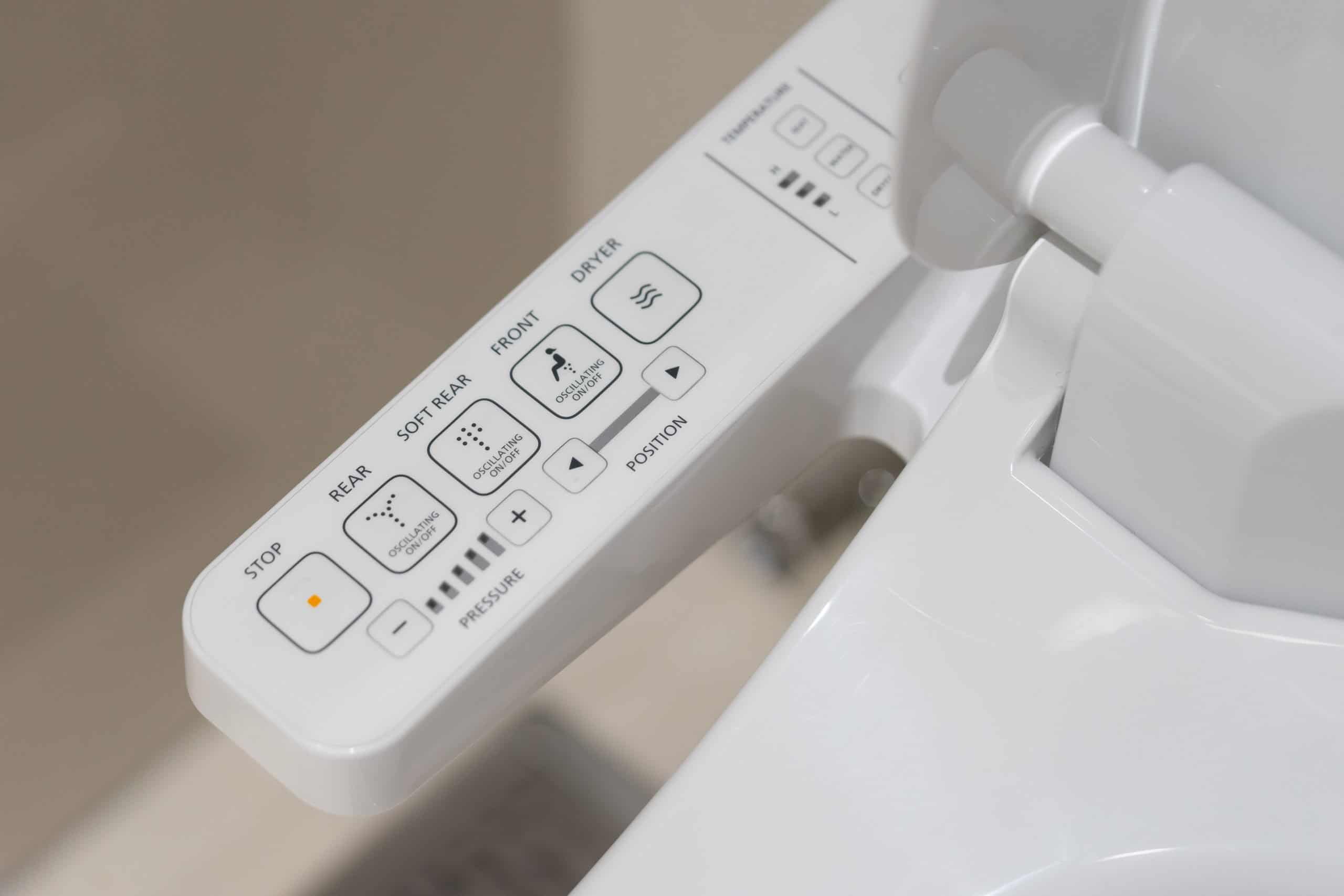Long — ahem — the butt of jokes in the Western world, the superior experience and cleanliness of using a high-tech toilet in Japan is no laughing matter.
Sure, one of the most immediate, formative experiences for first-time visitors to Japan is a confusing and awkward encounter with a toilet operated by an array of buttons and lights. After all, in most of the modern world, the place where we do our business is basically, well, business as usual — sit, flush, get out as quickly as possible. But in Japan, the vast majority of hotels, restaurants and even homes have toilets that’ll leave you laughing at first, then wondering why the rest of the world hasn’t caught on to this much cleaner, more sophisticated style of throne.
It might be because the first time you try using a Japanese toilet, you’re likely to feel like a lower primate holding an iPad for the first time. But just as a monkey can quickly figure out how to summon an Uber (even if by accident), you will quickly learn what all the buttons and icons on a Japanese toilet do — and you’ll want one in your own home.
Beginning of a movement
The name most associated with Japanese toilet tech is a company called Toto (there’s even a Toto museum in Kitakyushu). Toto has been in business for more than a century, for most of that time converting Japanese homes and public places from squat toilets to Western-style flush toilets. That movement accelerated in 1980, when Toto introduced the first Washlet — a sort of combination toilet and European-style bidet.
Toto’s ascent is a story of brilliant cultural comprehension combined with top-to-bottom marketing. The first Washlets were installed at high-end golf clubs whose members had leadership jobs at large corporations. Those influential types were quickly hooked, and Washlets began to find their way into big wigs’ homes, and then into luxury hotels, restaurants and public places. By 1998, 10 million Washlets had been sold. By 2015, 40 million. But the Washlet of even a few years ago is nothing like the super sophisticated ones you find today.
Every function on a Washlet is well thought out for the purposes of increased comfort and cleanliness. This even includes options to play music for masking unmentionable noises —consistent with a cultural norm in which many Japanese people prefer to avoid sensitive subjects. Also, a Washlet’s lid opens and closes automatically, so you needn’t touch it — as obvious a statement as any about Japan’s obsession with being sanitary.
Commanding the commode
While Western visitors to Japan long found the Washlet’s control panel confusing, that’s become less of a problem in recent years since Toto and other major manufacturers of Japanese toilets agreed to standardize the symbols on the buttons. A Washlet typically offers two flush options: half and full, as indicated by hurricane-looking icons — one small, one large. Beyond that most essential action, the Washlet is a study in sanitary sophistication.
First, the flush comes from the side, just under the rim of the bowl. This creates a downward spiral that cleans the bowl faster and with less water. There are myriad other options depending on the make and model, such as: a seat that can be heated or cooled, an air deodorizer, a night light, a UV cleaning system built into the lid, and even a device that electrolyzes the flush water so as to kill bacteria. But the best — and most endearing — functions tend to come standard.
They are, of course, the washing and drying functions, indicated by somewhat obvious icons on the control panel. Not only does the self-cleaning hose project just the right amount of water at your backside, the water is precisely the right temperature (just above 98.6). There’s a second self-cleaning hose for female users — again, marked with an obvious icon. Hit the button for the air dryers (wavy lines, of course), and you’ll quickly be on your way. Perhaps even with a spring in your step.
A crystal bowl
Washlets are now widely available in the Western world, but probably as soon as you install one in your home, it’ll be behind the industry standard. Rumors indicate that the next-generation Washlets will respond to voice commands, and that some might even include sensors that measure the user’s blood sugar, pulse and even blood pressure, then transmit that data to the user’s physician.
Regardless of whether such toilet tech becomes pervasive, even the basic Washlet throne exemplifies the sentiment of visiting Japan: You won’t want to leave it.

